When applying for a job, it is vital to find a way to stand out among other job candidates and grab the attention of your prospective employer. You can do this by making a relevant and personalized professional resume. If you manage to write a good resume, you are likely to increase your chances of getting an interview and landing your dream job.
This article will guide you on how to write a professional resume and tailor it according to a particular job. Most hiring managers receive various job application documents to review. Therefore, if you have an eye-catching, solid, and exciting resume, you will most likely grasp their attention and increase your chance of getting the job.
In this article, you will learn more about it and how to write an effective one.
What is Resume?
A resume is an official document prepared by a job applicant to share their background details, qualifications, experiences, skills, and other relevant information concerning their ability to be great employees.
This document is required in the hiring process as it is meant to easily communicate why you (as the job candidate) are unique and suitable for the position.
Layouts
When preparing a professional resume, there are three types of formats or layouts you can use. A layout or format is the style and order you use to display the required information.
Based on how you want to arrange your details and what you want to focus on, here are the three layouts you can choose from.
Chronological resume
The chronological format is a layout that focuses on your professional history. This format is helpful if you have an extensive professional work history and no employment gaps. With this format, you will be able to highlight your career advancement order while emphasizing the job experiences you have that are relevant to the position you are applying for.
REMEMBER
Although this format is recognizable to most job recruiters, it tends to display any gaps in your employment history and may fail to highlight your skills and abilities adequately.
Functional resume
For the functional format, this layout focuses on your skills and is best used by job applicants who have employment gaps or are switching careers. With this layout, you will be able to highlight your work skills and minimize the need to focus on work experience. However, most job recruiters do not prefer this format since it does not focus on details about your work experience.
Combination resume
Finally, the combination format is a layout that includes professional work experience and your skills. With this format, you can include your work history and highlight your work abilities for the position. The benefits of this layout is that it helps you prepare a resume for a job that focuses on both skills and experience, integrates keywords, and combines the best elements from both chronological and functional formats.
However, this format does not aid in helping you hide any employment gaps you may have.
NOTE
It is best to stick with the chronological format as most HR managers prefer it for jobs in the traditional industry, such as legal, banking, and finance. In addition, the functional resume is the most appropriate for candidates with little to no work experience and recent graduates as it focuses on skills. However, if you are applying for a job at a tech company, you will need to bring out your creativity, imaginative and innovative side. That means that you should stick with the combination format.
Helpful Suggestions Before Creating CV
There are helpful pointers or suggestions you need to have in mind before moving on to writing it.
They include the following:
- Ensure that you are prepared before writing a professional resume. This means you need to have a list of all your main accomplishments from previous jobs, soft, hard, and technical skills, work history (past employers, date of hire, location, job title, and responsibilities), job qualifications, and education level.
- Ensure you create enough time to focus on writing your professional resume. Try and find a quiet spot with little to no disturbance, as this will help you concentrate on writing it for a job.
- When you start writing, continue writing until the end. Correction of your prose should happen at the end and not while writing.
- Finally, once you are done with writing, take some time off before returning to correct your writing to have the perfect resume.
How to Make a Resume?
To make a proper, compelling, and effective resume, you are required to include the following sections. With these sections and the required information, it will help you stand out among other job candidates.
Section 1: Add your name and contact information
You need to include your name and contact information in the first section. Ensure that the details you provided are accurate, as a misspelled detail might cost you the job. Your contact information should be correct and up to date. You will need to include your first and last names, phone numbers, email addresses, and location.
The location is mainly to ensure the hiring manager knows where you reside regarding the city, state name, and ZIP code.
Apart from, there are other optional details that you can include in this first section.
- You can mention your professional title, which may either be the current position or your desired job position.
- If you have an up-to-date LinkedIn profile, you can include the link, which will provide more details about your professional history.
- If you have a professional published portfolio online, such as a personal blog, you should share your social media contacts.
- If you have an online presence, such as a website, you can include it alongside your contact information in this section.
EXAMPLE
Anthony Richards
555 555 5555 * richardsanthony@gmail.com * Ruling, CA 23456 * https//linkedin.com/Richard
Tips for first section:
The tips below guide you on what you are not supposed to include in this first section:
- You should not include your date of birth unless asked in the job description. The hiring manager does not need your age for them to determine whether to hire you or not.
- Avoid using unprofessional email addresses; for instance, use lastnamefirstname@gmail.com instead of instahotty@gmail.com. This is a mistake that is likely to present you as unprofessional.
- You should not include a headshot; unless asked to or you are applying for a job in the entertainment industry.
Section 2: Include a summary or objective
This is the first section. It, therefore, needs to be written in a way that captures the attention of the hiring manager. You can either write a summary or an objective.
These two are different and are used in different instances. A resume summary is a 2 to 3 sentence chunk that briefly describes your career. You will need to mention your job, your years of experience, your main achievements, and your desired goal or passion for working with that particular company. In most cases, it is best to prepare a summary for any job situation unless you are a recent graduate or are switching careers.
EXAMPLE
Dedicated and target-oriented head nurse with five years of experience overseeing nursing operations and ensuring patient comfort. Excellent when it comes to administrative duties, which improved communication among the nurses by 13%. Willing to work closely and as a team with the nursing staff to ensure that the proper medical procedures and processes are observed for patient satisfaction.
On the other hand, an objective is a 2 to 3 sentence that helps you describe the goal. It focuses on the motivation you have concerning a particular field. It is preferred for applicants with little to no work experience and those switching up their careers.
Start by mentioning a skill or education, or certification you have that is relevant to the job you are applying for, then the experience you have, and finally, the type of responsibilities you intend to undertake once hired.
EXAMPLE
Recently graduated accountant with proficiency in accounting software and accuracy in record keeping. Attained a Bachelor’s degree in accounting and acquired further training during internships. Ready to manage the company’s finances, prepare budgets, prepare payrolls and guarantee timely bank payments to improve company operations by 17%.
Tips for second section:
Here are some tips you should observe when writing a summary:
- Identify patterns in your work history and provide a general overview to avoid preparing a long summary.
- Only include your most relevant and essential skills specific to the job position you want.
- Always mention your most impressive achievements and use numbers or specific information for better impressions.
- Finally, you need to incorporate keywords from the job description.
Section 3: Specify your soft and hard skills
Your resume must have a skills section where you will include both your hard and soft skills. Hard skills are measurable abilities that present you as a professional in what you do. In contrast, soft skills are personal skills that present you as a social being with proper communication skills, personal traits, and career attributes.
EXAMPLE
Hard skills may include:
–Data analysis (data visualization, programming skills, or statistics knowledge)
–Cyber security (risk identification and management, or computer forensics skills)
–Programming (HTML5, Java development, and other programming languages)
–Marketing (SEO, email and social media marketing, or Google Analytics)
–Accounting (Microsoft Excel, QuickBooks, and other accounting software)
–Design (UX design, Adobe Creative Suite, or photo editing)
–Writing (content writing, copywriting, or creative writing)
–Cloud computing (Cloud architecture, networking, or data management)
–Specialized machinery (forklift or backhoe)
–Foreign languages
Soft skills may include:
–Communication
–Problem-solving
–Adaptability
–Leadership
–Teamwork
–Attention to detail
–Time management
-Creativity
–Active listening
–Organization
You need to observe three steps when listing your hard and soft skills.
- Start by listing your hard skills based on your experience and proficiency levels. You can divide them into beginner (entry-level), intermediate (understands the skill), advanced (highly skilled), and expert (applied the skills in different projects). It would be best to not lie about your experience level when it comes to your hard skills.
- Proceed to tailor your skills to suit the job position you are applying for. Even though you possess a range of skills, you should only list the relevant ones to increase your chances of being selected.
- Finally, it must include some universal skills (useful skills anywhere). They include soft skills such as leadership and communication and hard skills such as Excel, PowerPoint, and Word.
Tips for third section:
- Always integrate keywords when listing your skills to ensure that an ATS recognizes your resume. Usually, this is important when listing hard skills.
- It should include only your essential skills relevant to the job title.
- To spot the right keyword, look at previously mentioned words, required qualifications, and important skills.
Section 4: Enlist your professional history with keywords
For your professional history, you will need to focus on your responsibilities and achievements in your work career. Ensure that you also focus on your work experience, as this section usually determines if the hiring manager will consider you or not. You also need to mention your work experience in reverse-chronological order, from your most recent to your past ones.
Below is a standard way of listing your work experience.
- Ensure you list your job or title at the top of each entry. Then, the hiring manager can easily and quickly scan your work history.
- Mention the details of your previous employer such as company name, location, etc. briefly to provide the job recruiter with a basis of your work experience.
- Each work experience entry should list achievements and responsibilities at your previous job.
- Ensure that you also provide the timeframe of employment at each company you mention. You do not have to be exact with the details and can use the standard format of month and year (mm/yyyy).
EXAMPLE
Elementary Teacher
Angel View School- Avenue Road, CA 09/2019 – Current
–Established and enforced a list of classroom rules, keeping them organized and under control.
–Prepared proper student records for effective and successful teacher-parent meetings for the benefit of the students.
–Started a project at school to aid slow learners in their school work leading to a 15% improvement in their school performance.
Or
–Mentored three teams of 10 people each for two months
–In charge of 15 beds daily
Apart from that, you need to know how much work experience you should list. Whether you are an expert or a newcomer in the job market, here is how to list your work experience:
- Choose to focus on other sections due to your lack of experience if you are a job hunter.
- Highlight all the work you have been involved in, even those that do not relate to the job you are applying for if you are entering this industry.
- If you’ve worked somewhere for some years, mention work experience that is relevant to the job position.
- In case you’ve worked as a senior employee, only focus on up to 15 years of relevant work experience to ensure you still maintain the required length of a professional resume.
Tips for fourth section:
- Use a traditional section such as work experience, professional experience, or job history to highlight your professional work history and achievements.
- Ensure you include specific and measurable results when listing your achievements, if possible.
- Ensure that the information in this section is tailored to fit the job you want by focusing on your most important achievements.
Section 5: Include an education section
The following section is all about your education. You will need to mention the program name, university name, location of the university, and years attended. It is optional to mention your GPA, honors, academic achievements, and minor. However, you need to include your education details accurately and correctly if you are to support your claim about possessing the listed skills and qualifications.
EXAMPLE
For a financial manager, here is what their education section would look like:
Bachelor’s Degree in Finance and Accounting
Riverside University
Come Here, GO 22001
2016-2020
Graduated with a 3.7 GPA
Tips for fifth section:
- Focus on your education section in case you lack proper work experience.
- Write your education details chronologically, starting with the latest educational entry.
- For candidates with a university degree, you do not have to mention your college degree.
- Only mention your GPA points if you have a GPA of 3.5 and above.
Section 6: Add optional sections
The final section should include certifications, licenses, awards, publications, etc. This section is meant to boost your resume.
- Languages– Even if your job position does not require you to be bi-lingual or multi-lingual, you should include this section as it may give you an upper hand over the other job candidates. Never lie about the languages you speak.
- Hobbies and interests– Your hobbies and interests help to present your personality as an individual. This section will help a hiring manager to understand the kind of person they are dealing with and what kind of employee you will be.
- Volunteering experience– If you have been a volunteer, including this information presents you as a team player, devoted, and loyal employee. Also, it tends to leave a positive impression on the job recruiter. This section can also be helpful, especially if you do not have substantial work experience.
- Certification, accolades, and awards– Any certifications, accolades, and awards should be included. Ensure that this information is relevant to what you are applying for. They also help to increase your credibility as an individual.
- Publications– If you are a distinguished academic or a freelance writer, you can include any publications you may have online. You can include your URL to allow the hiring manager to access your publication easily.
- Projects– Finally, if you have any side projects relevant to your field, you can include them in your resume. You can also mention any university or part-time projects you may have. Employers love working with employees who can create time to partake in beneficial work during their free time.
EXAMPLE
Languages
English (Native)
French (Proficient)
Germany (Basic)
Hobbies and Interests
Volunteering and Community Involvement
Travel
Learning languages
Certifications
Associate degree in Nursing (ADN)
United Red Cross Station, March 2021
Expires: 2024
Free Templates
Given below are the templates:
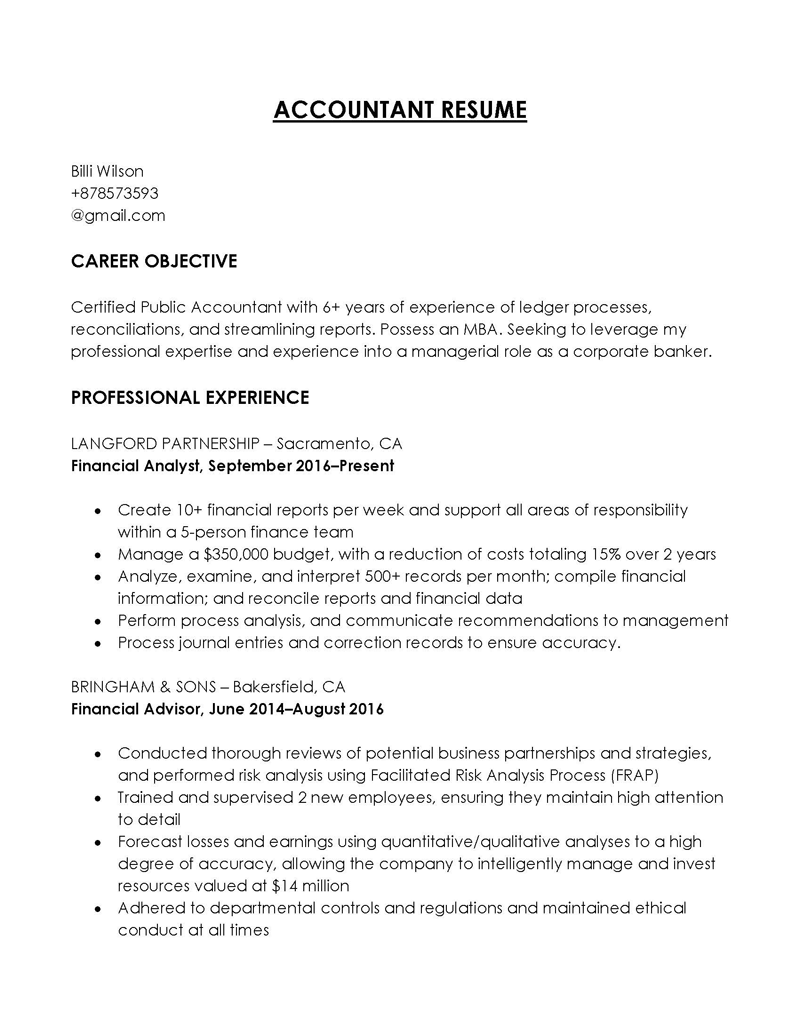
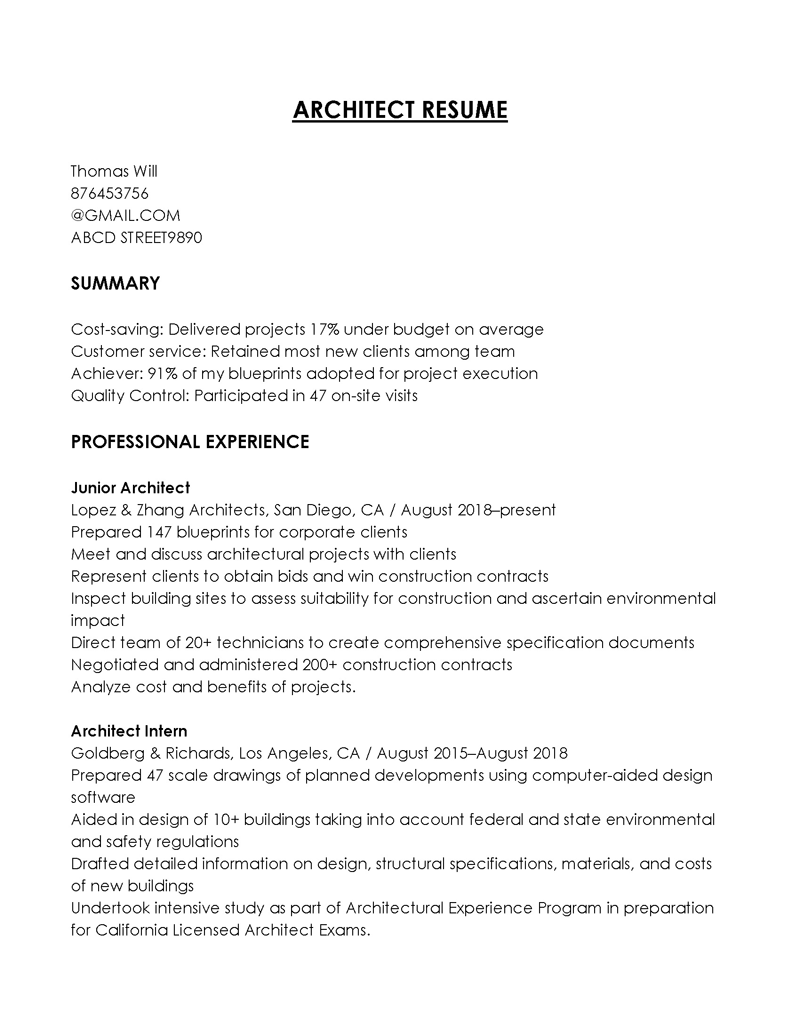
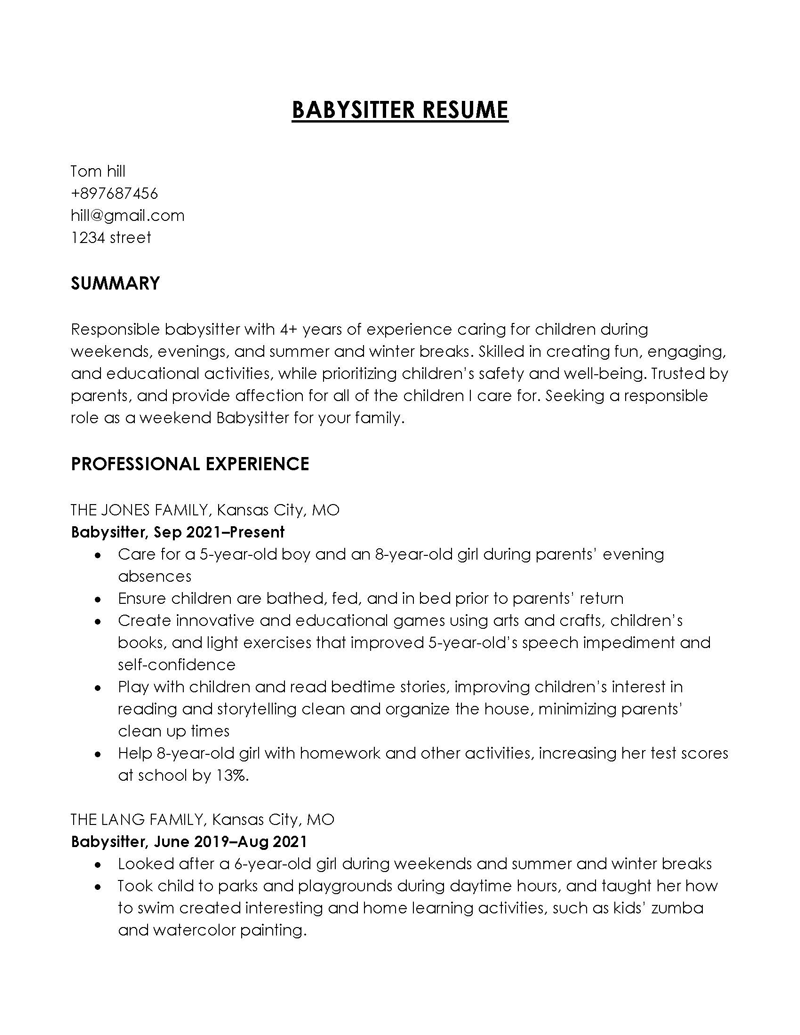
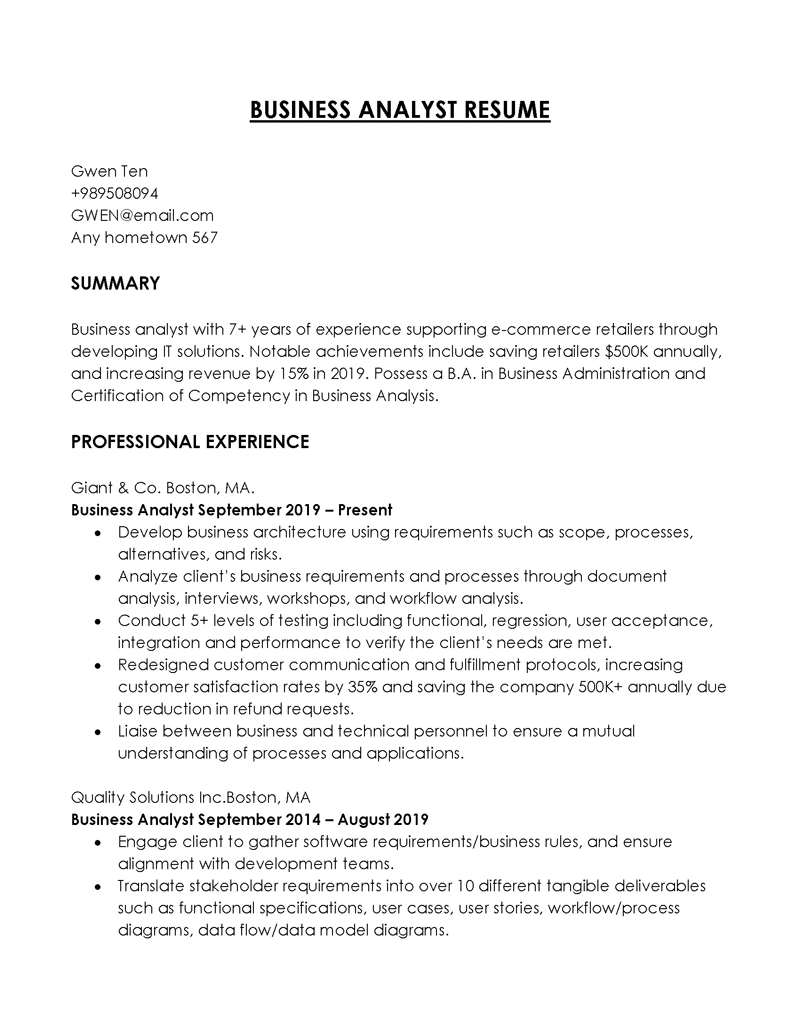
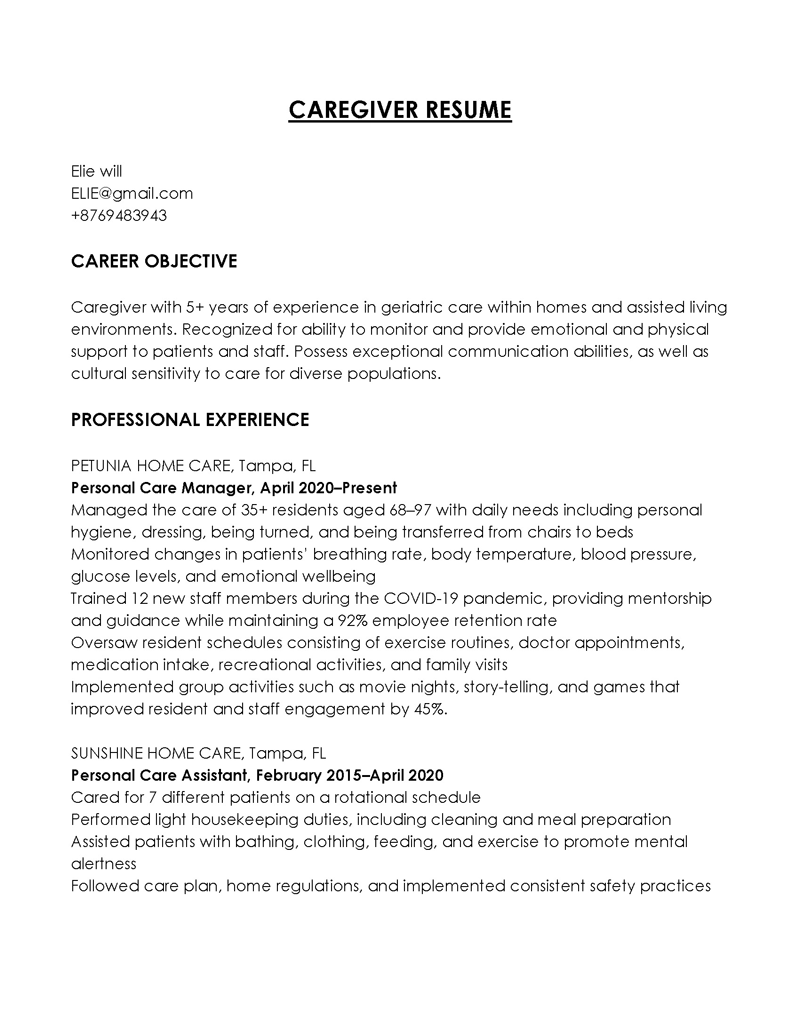
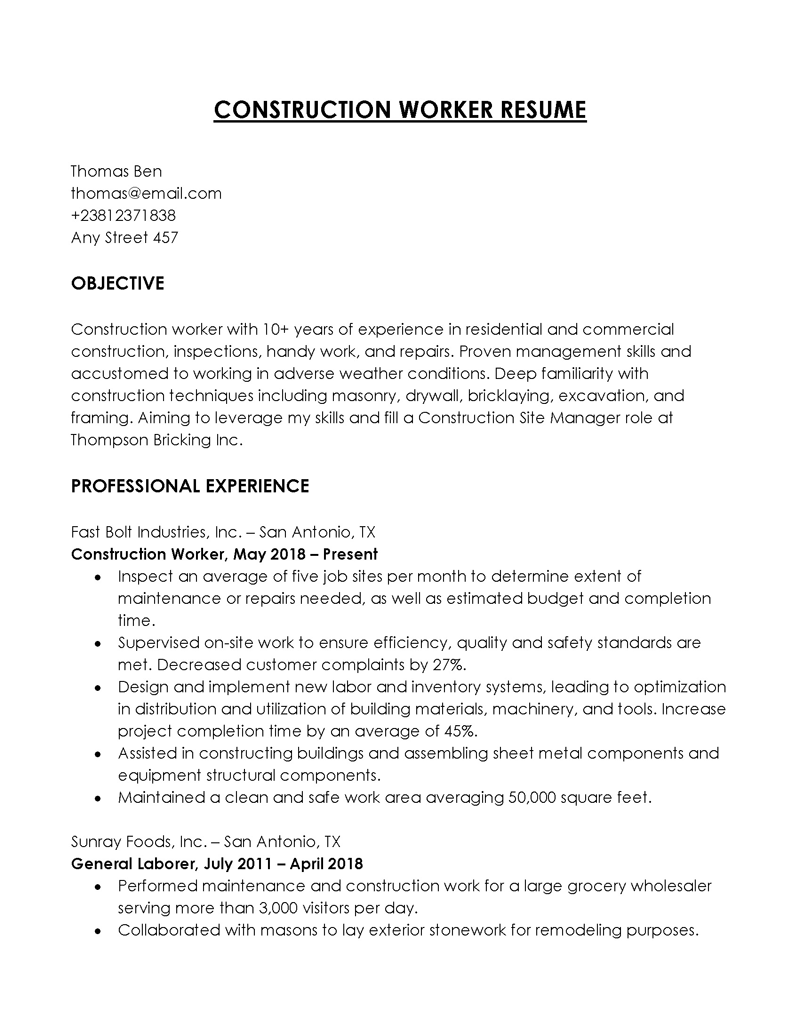
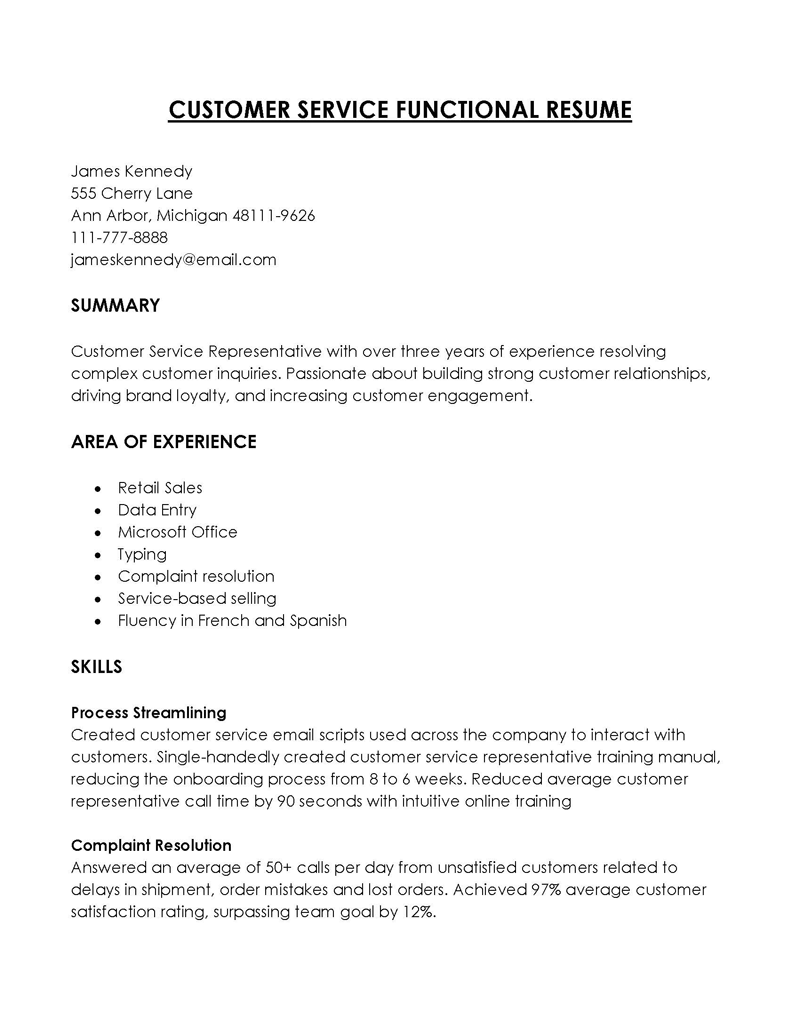
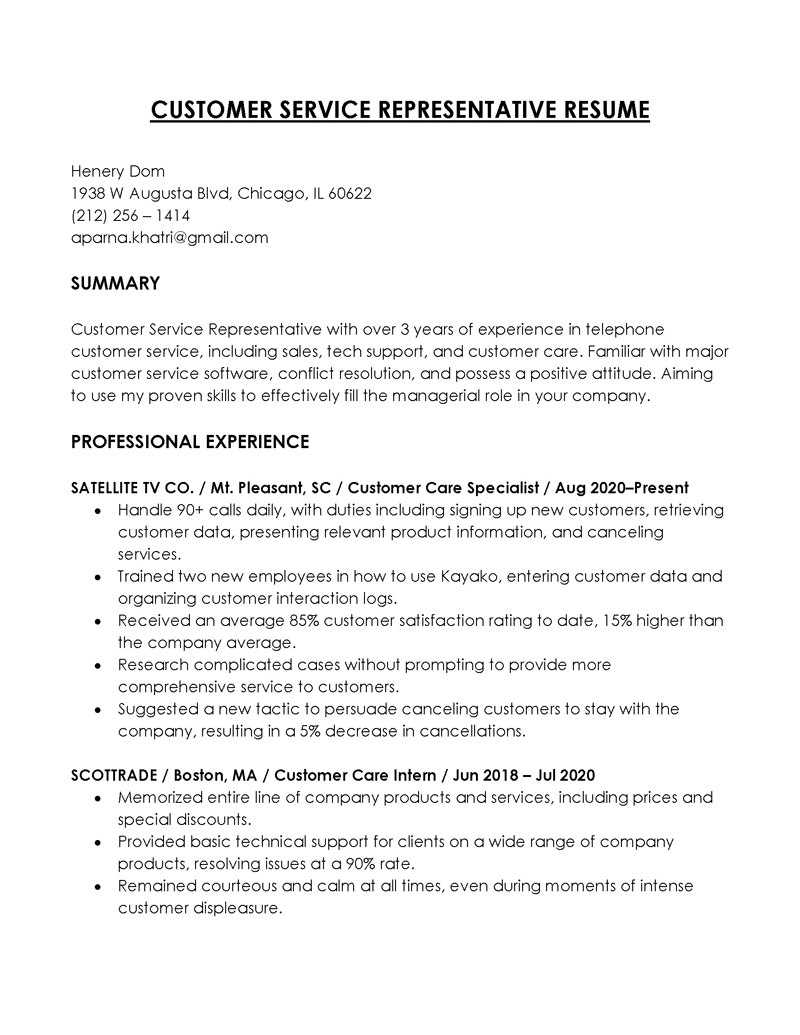
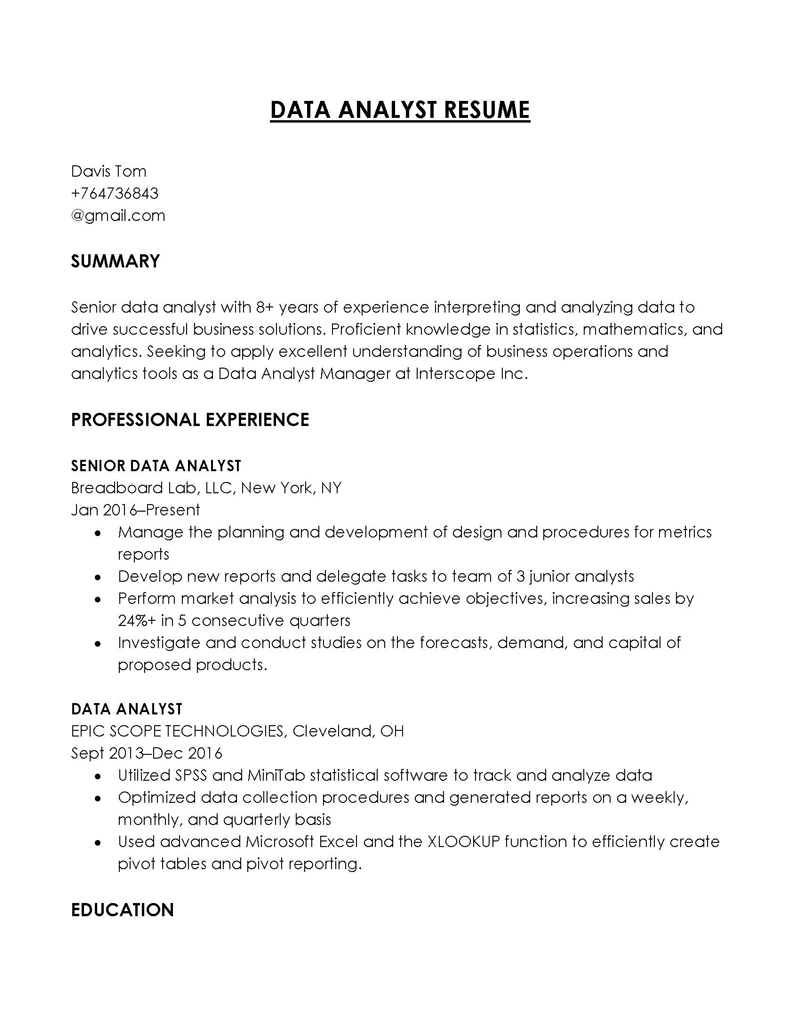
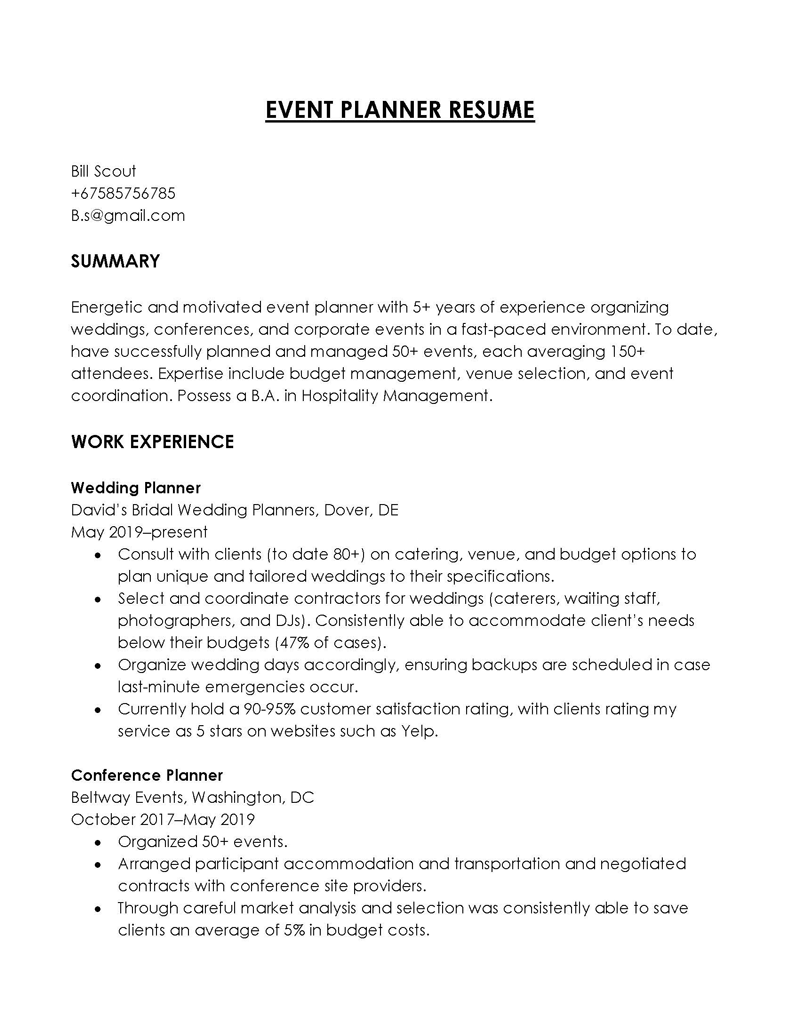
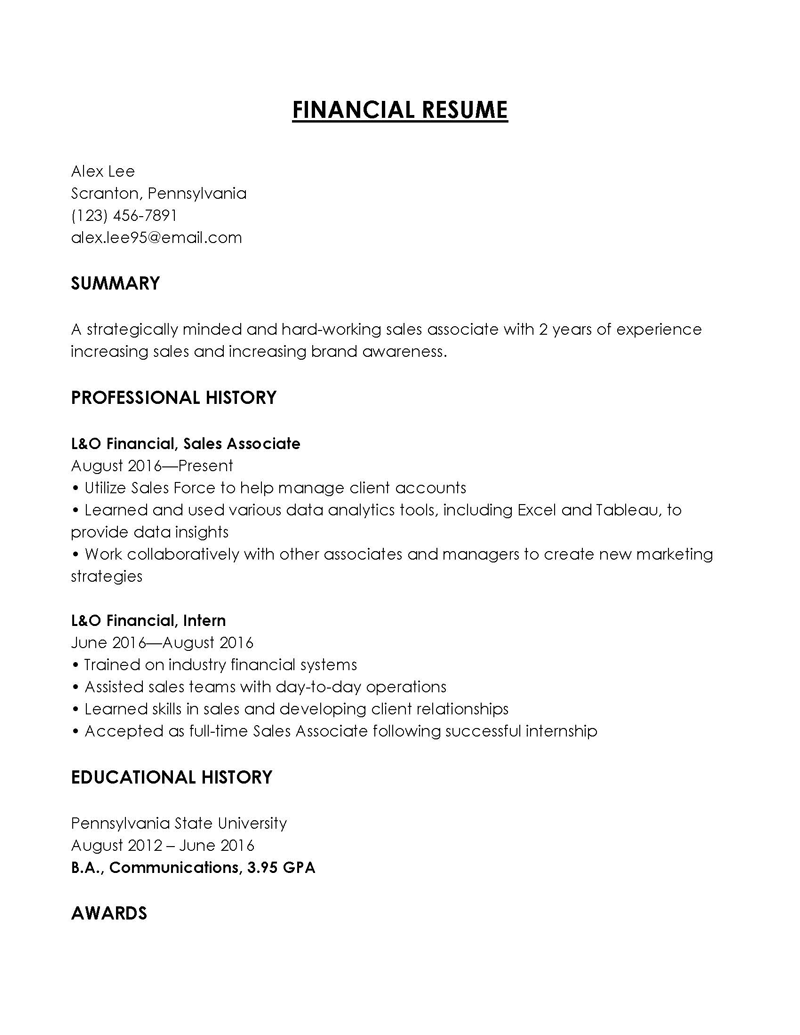
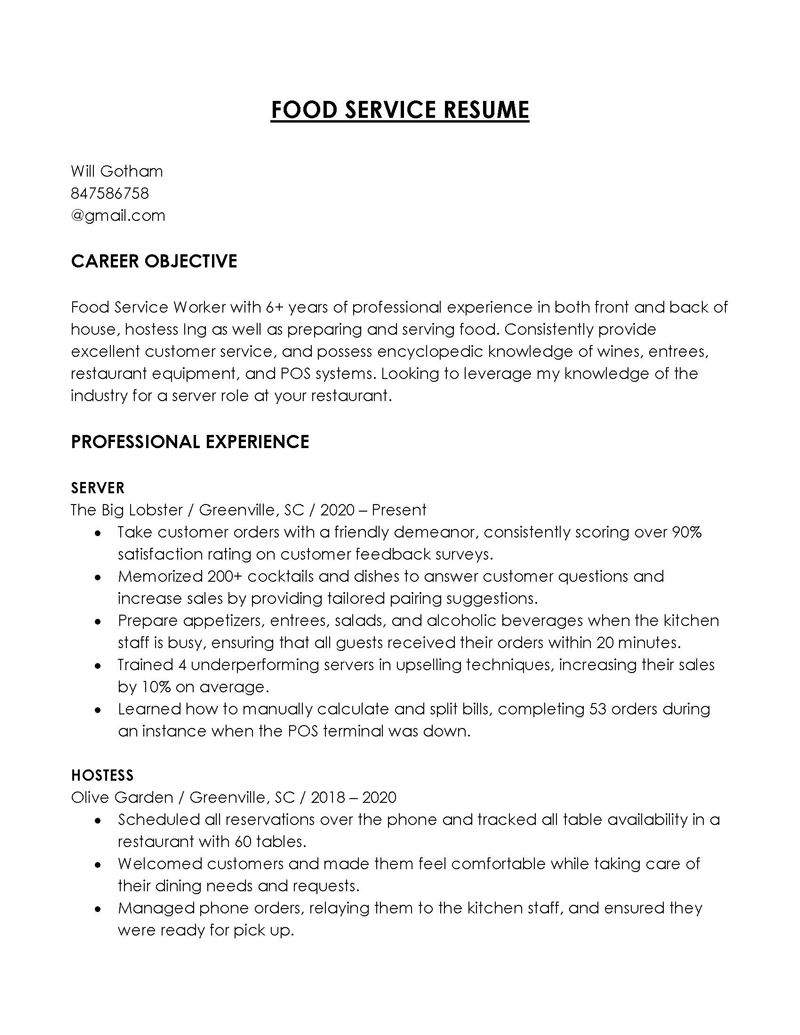
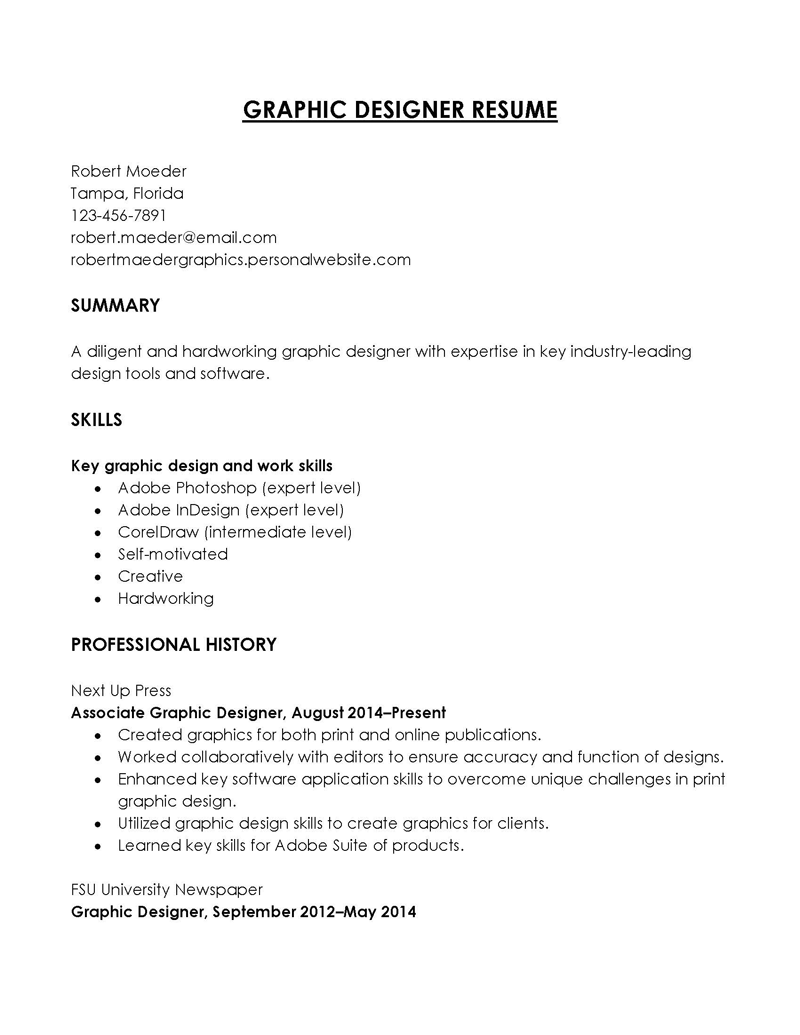
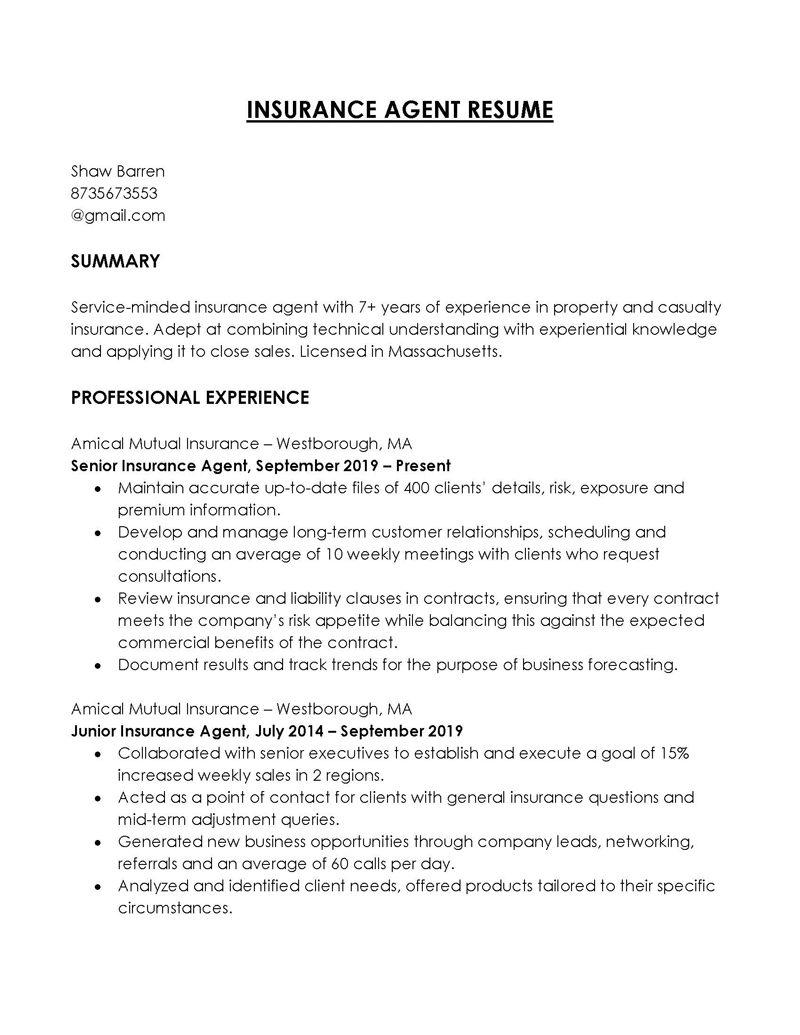
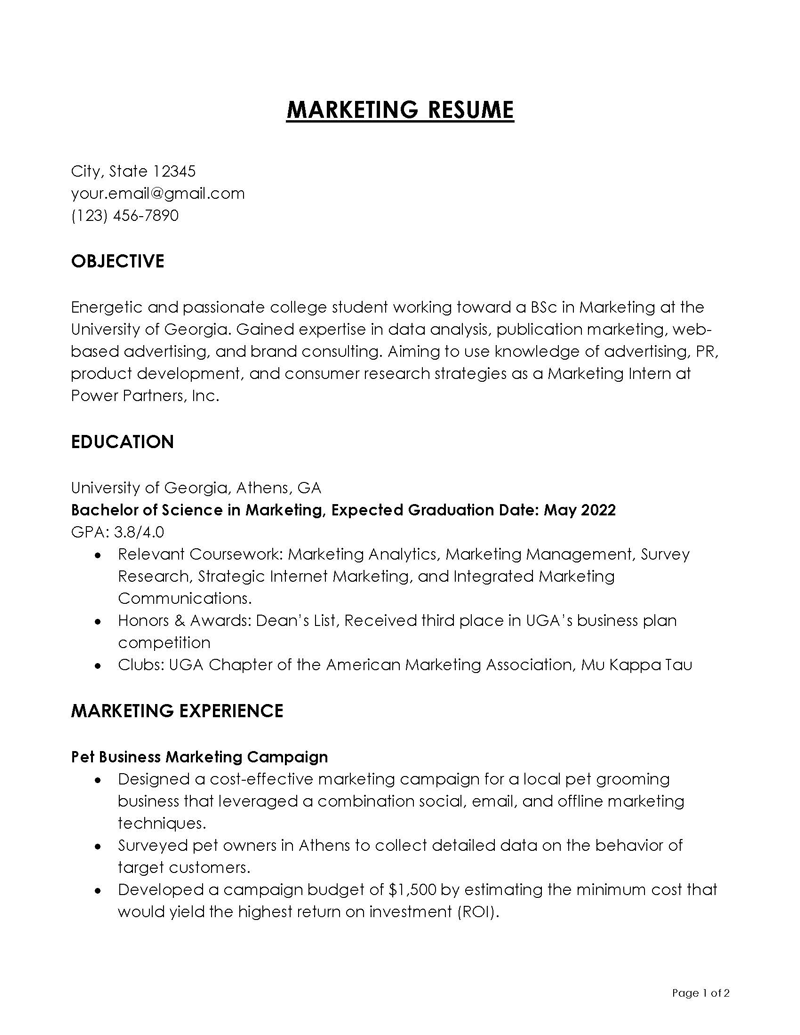
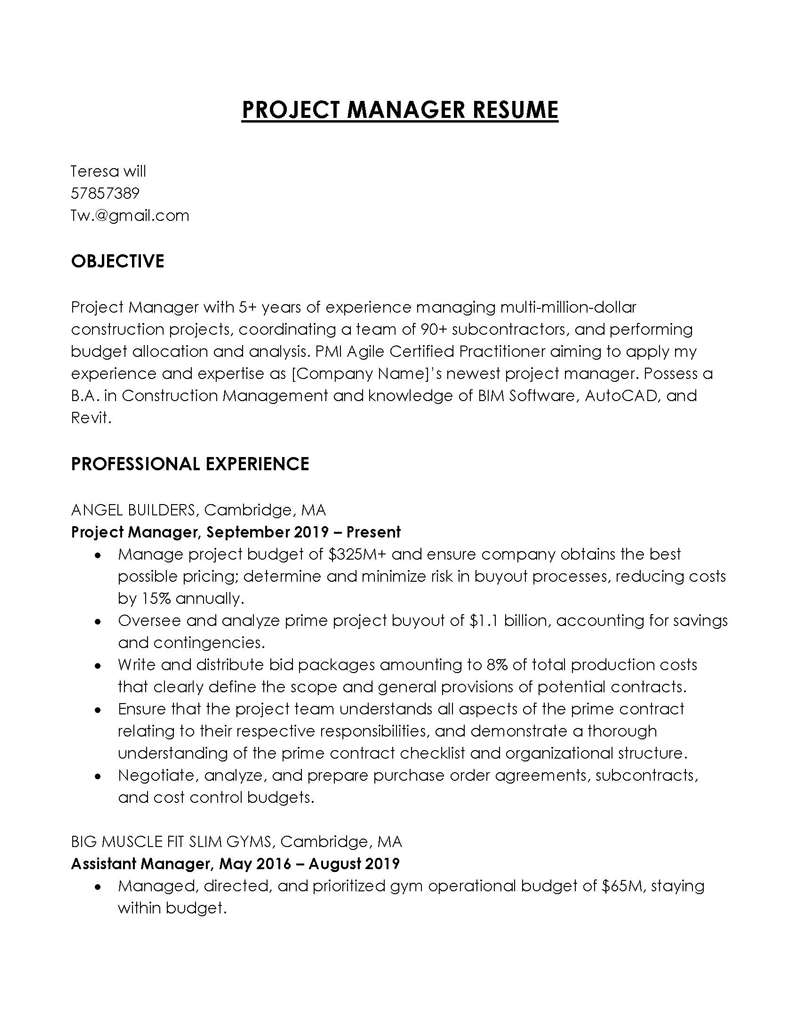
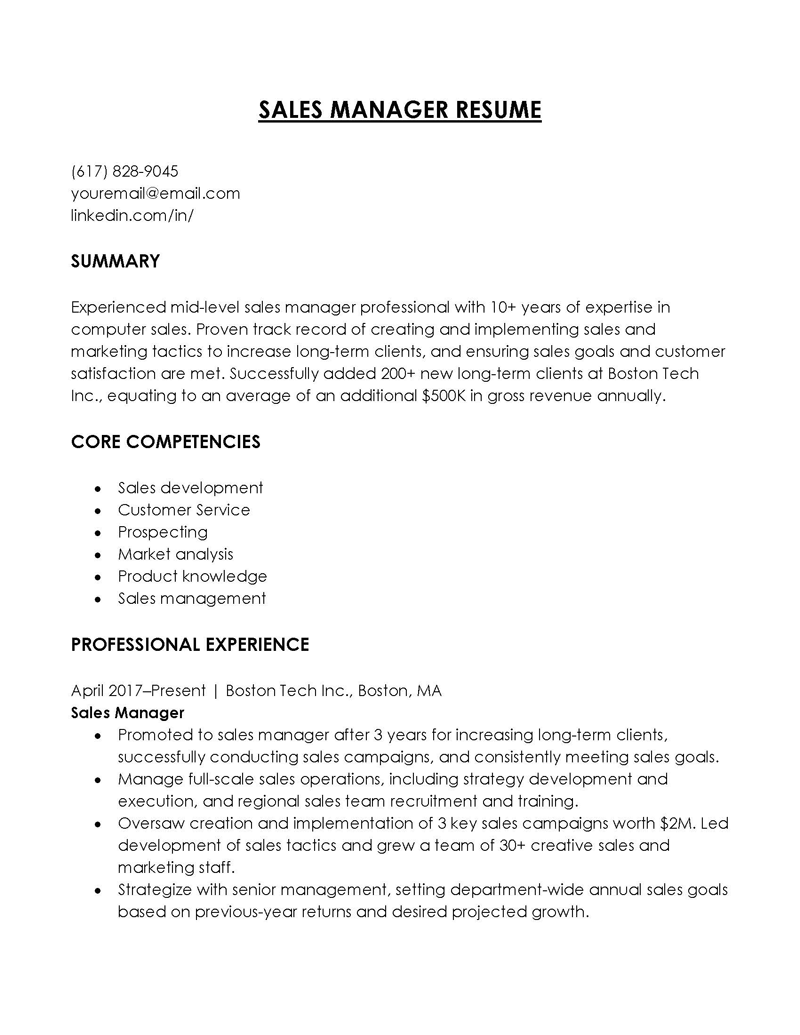
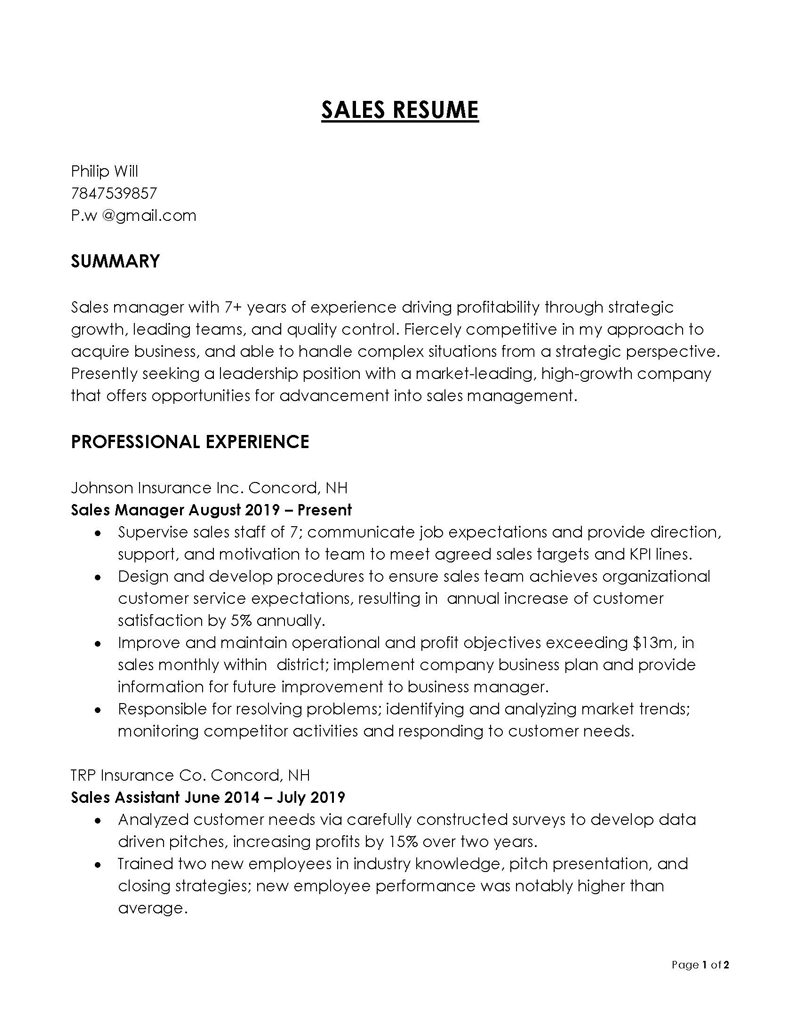
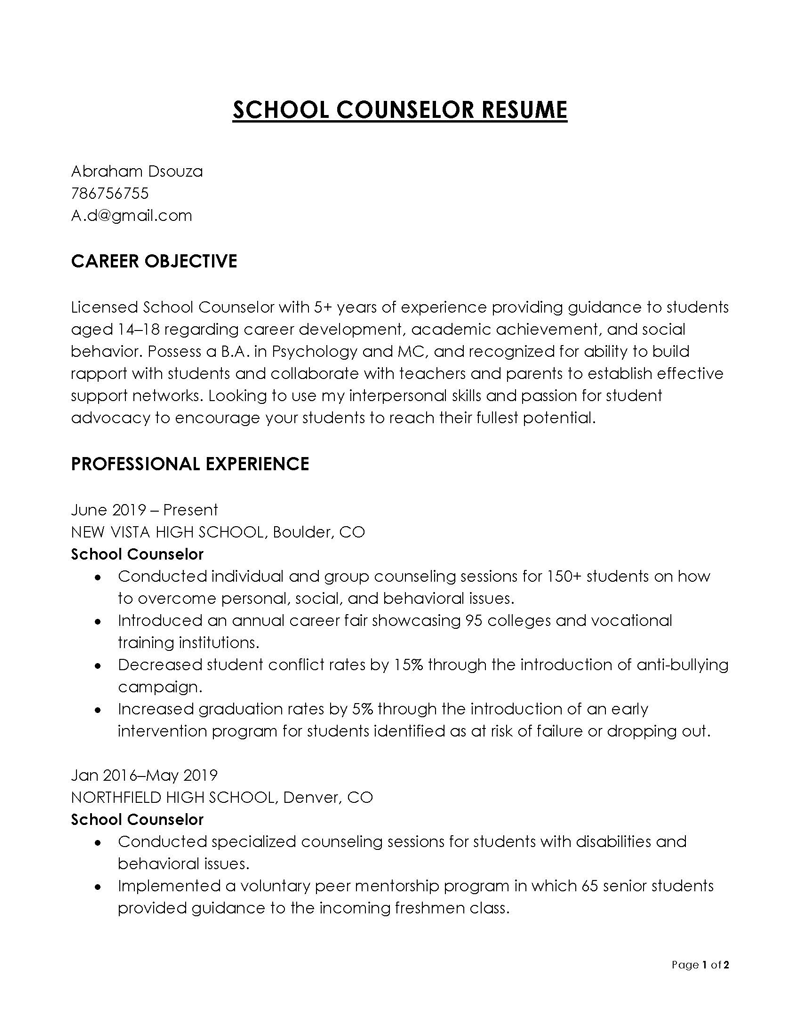
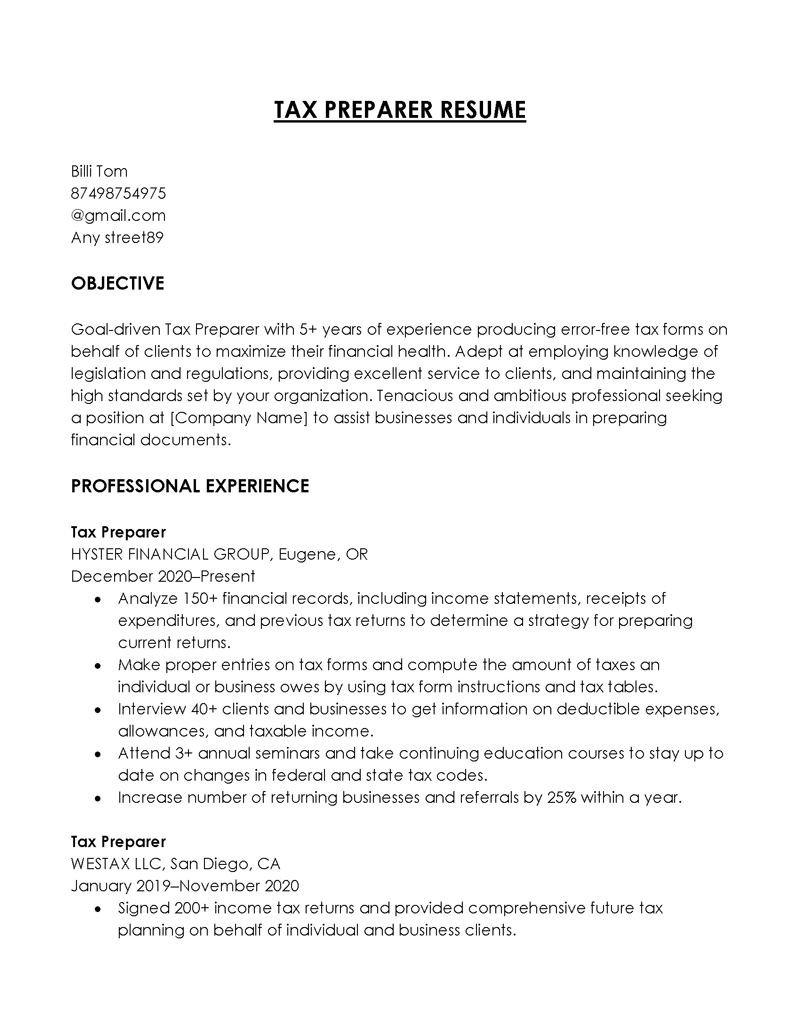
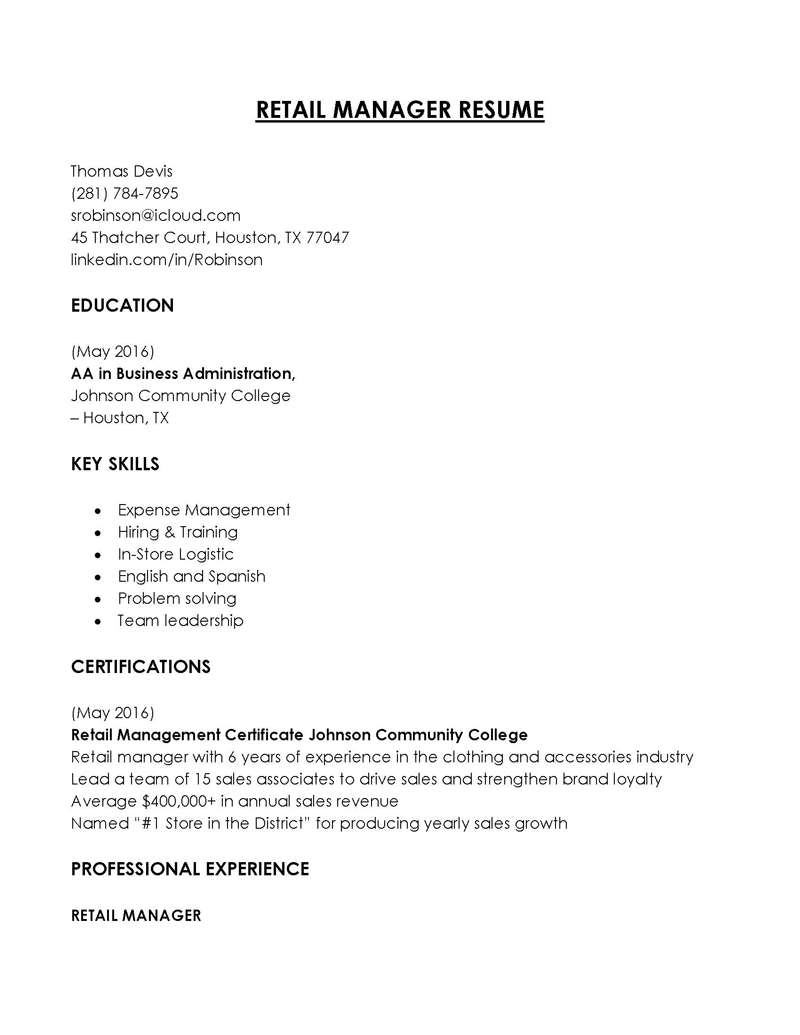
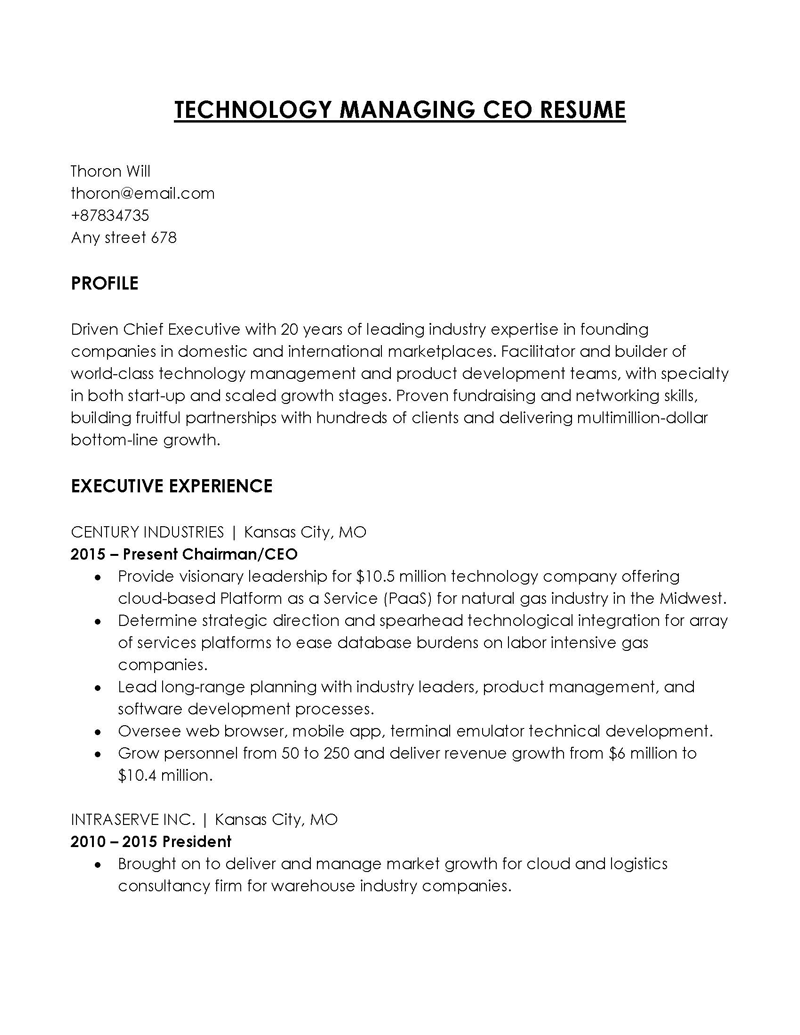
Format of Resume
When writing it, specific formatting guidelines must be observed as they are necessary if you want to achieve a professional document. Since this is an official document, you need to focus on the font style, size, margins, and spacing to achieve cleanliness and readability.
Your font size should be between 10 to 12 points. Ensure you use readable fonts like Arial or Helvetica with margins of 1 to 1.5 inches. It is also essential to make your name and section headers bold and of bigger font size. Ensure you maintain a font size of 14 points. Finally, use bullet points when listing information for your different sections.
Effective Practices
Below are some effective practices you need to know if you want to make a resume that will help you stand out among other job candidates:
Re-check tense and pronouns
Once you are done with CV writing, you will need to re-check your tenses and pronouns. The idea is to ensure you use the correct tenses and pronouns. For jobs you have handled in the past, use the past tense. Use the present tense for those job activities you are still involved in. Avoid using personal pronouns such as (I) and focus on writing a statement that starts with the action itself.
EXAMPLE
Instead of “I handled 20 patients daily,” write “Handled 20 patients daily.”
Add action words
Ensure you include resume action words in your writing to make it more readable for job recruiters and hiring personnel. Each bullet point you include under the different sections should start with action verbs and should not be generic.
EXAMPLE
Avoid using “managed” and “mentored.”
Proofread your document
Always proofread to ensure you edit out any spelling, grammar, and punctuation mistakes. You can either read your document backward or ask a colleague (friend, family, or professor) to help you review your document. This makes it easier to identify any errors you may have overlooked. It is also essential to review your document and shorten it if it is longer than one page.
Tailor your resume to the job
Finally, the most effective practice you should observe is to ensure that you tailor it to fit the job position you are applying for. Adjust your skills section by adding the keywords to fit your employer’s needs. You will find the required keywords in the job description provided by the employer. Ensure you focus on your work history and educational experiences alongside any other information in the job description.
Key Takeaways
When it comes to writing a professional resume for a job, ensure that you maintain the following main points as mentioned in this article:
- Always ensure that you select the suitable format, that is, chronological, functional, and combination formats, for the job position you are applying for.
- Your contact information should be up to date, and the email address should be professional.
- Always tailor it to the job you are applying for.
- It is crucial to list your top skills and experiences in the summary or objective that are relevant to the job position.
- Ensure you include your work achievements and make them stand out using action words.
- Remember to use the keywords and phrases in the job description when writing your CV.
- Finally, it is vital to proofread it to avoid any mistakes, hence making it professional.








